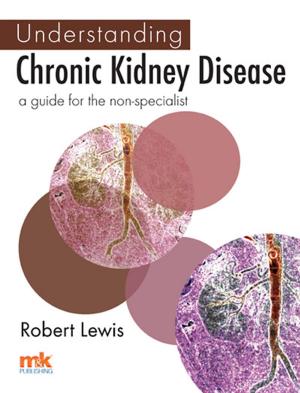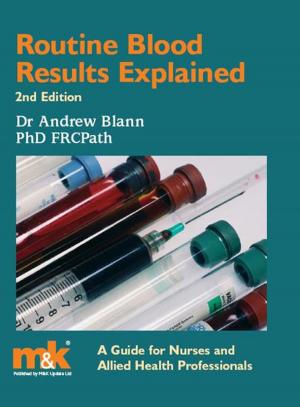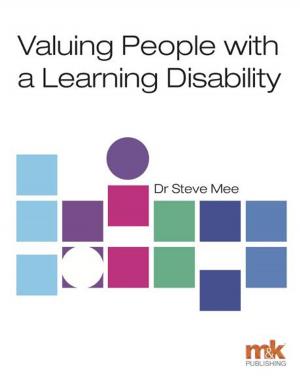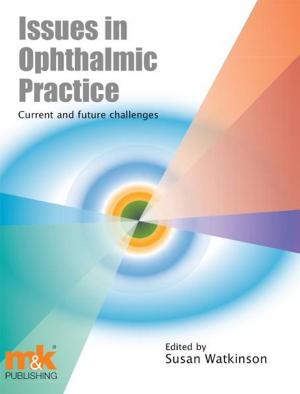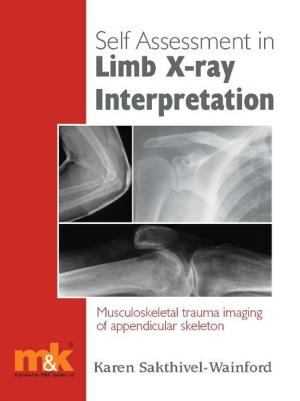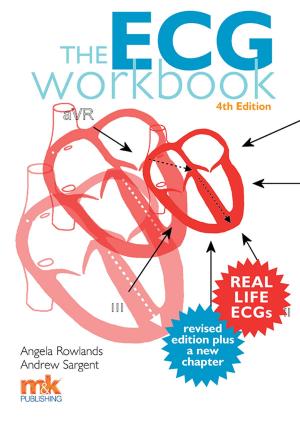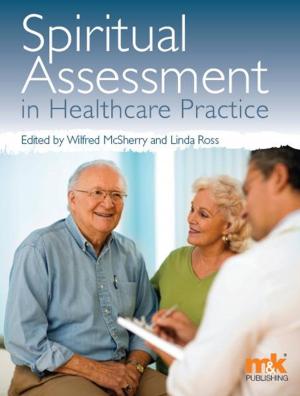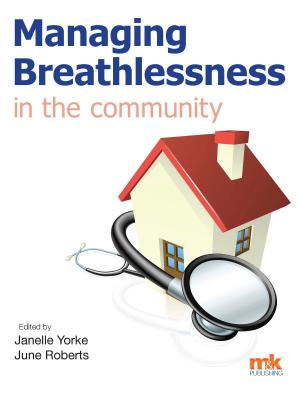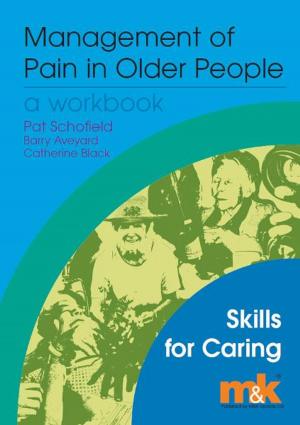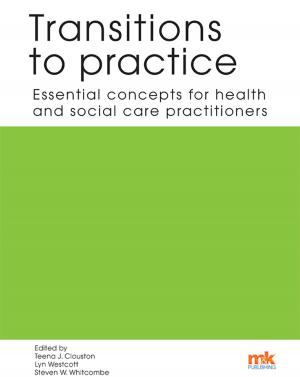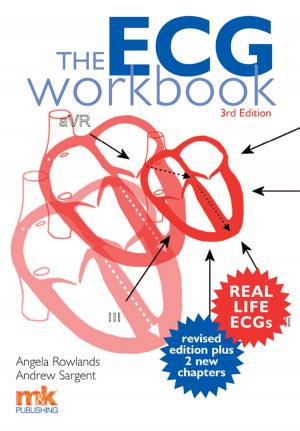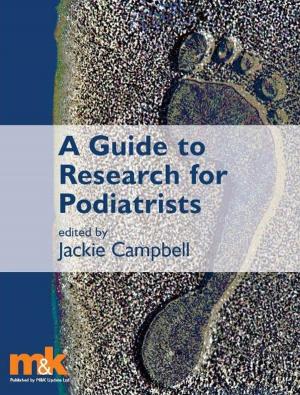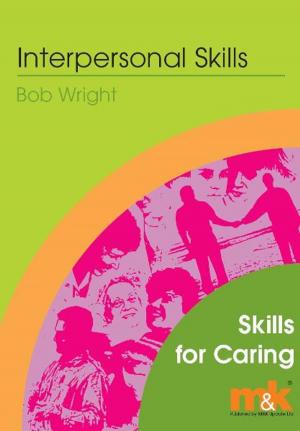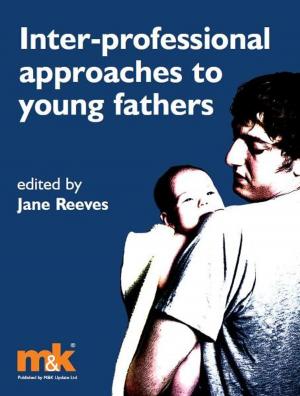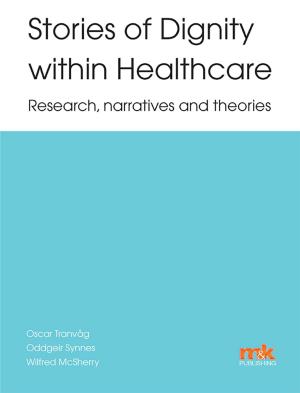| Author: | ISBN: | 9781910451656 | |
| Publisher: | M&K Update Ltd | Publication: | September 11, 2017 |
| Imprint: | M&K Publishing | Language: | English |
| Author: | |
| ISBN: | 9781910451656 |
| Publisher: | M&K Update Ltd |
| Publication: | September 11, 2017 |
| Imprint: | M&K Publishing |
| Language: | English |
A sound knowledge of head and neck anatomy is essential for the safe and effective practice of clinical dentistry, and much clinically relevant and important anatomy can be learned by examining the living subject in conjunction with radiological images, especially those using CT reconstruction. This book bridges the gap between ‘textbook’ topographical anatomy and the anatomy of the living subject, as experienced in clinical practice. With detailed instructions on how to locate and examine anatomical structures, this practical guide encourages students to work together in small groups, examining each other and themselves as living models. As they progress through the book, students will become more confident about correlating living and radiological examination. The radiographic content utilises the latest forms of imaging and is intended to complement, where relevant, the topographical features in the living subject. Contents include:• Practical tips on head and neck examination• Bony landmarks• Testing the cranial nerves• Examining the buccal cavity and oropharynx• Examining the arterial pulses, salivary glands and lymph nodes • The temporomandibular joint (TMJ) and the muscles of mastication• Neck landmarks• Joints and movements of the head and neck • The scalp, ear and eye
A sound knowledge of head and neck anatomy is essential for the safe and effective practice of clinical dentistry, and much clinically relevant and important anatomy can be learned by examining the living subject in conjunction with radiological images, especially those using CT reconstruction. This book bridges the gap between ‘textbook’ topographical anatomy and the anatomy of the living subject, as experienced in clinical practice. With detailed instructions on how to locate and examine anatomical structures, this practical guide encourages students to work together in small groups, examining each other and themselves as living models. As they progress through the book, students will become more confident about correlating living and radiological examination. The radiographic content utilises the latest forms of imaging and is intended to complement, where relevant, the topographical features in the living subject. Contents include:• Practical tips on head and neck examination• Bony landmarks• Testing the cranial nerves• Examining the buccal cavity and oropharynx• Examining the arterial pulses, salivary glands and lymph nodes • The temporomandibular joint (TMJ) and the muscles of mastication• Neck landmarks• Joints and movements of the head and neck • The scalp, ear and eye

